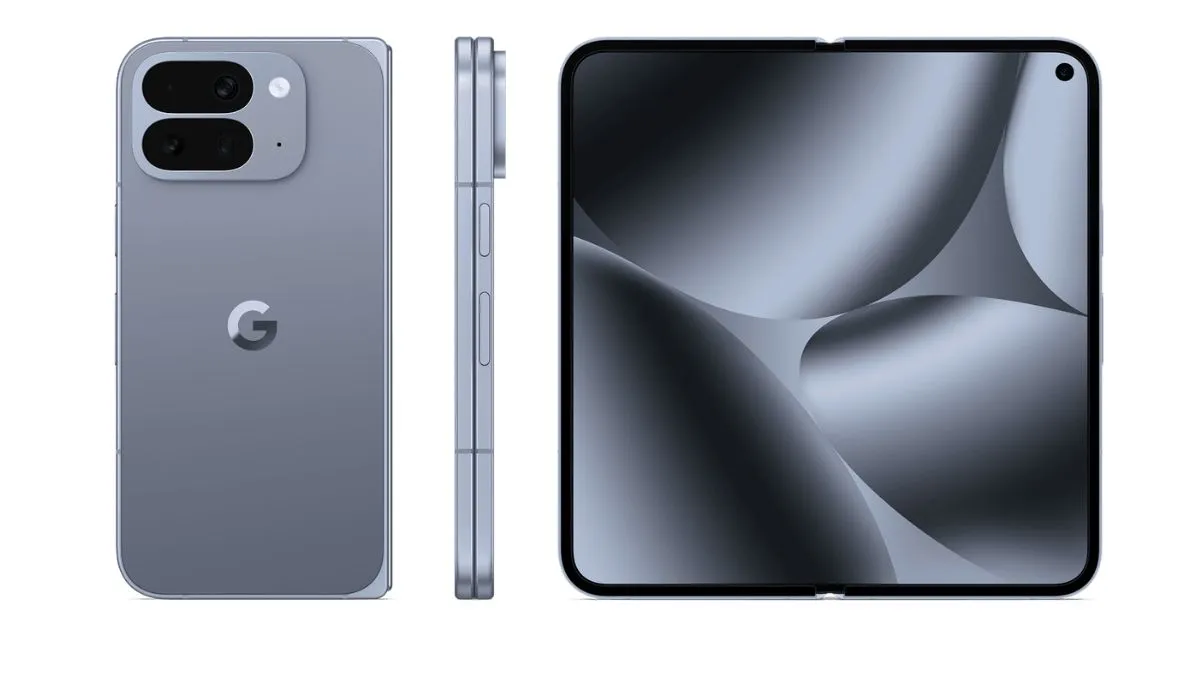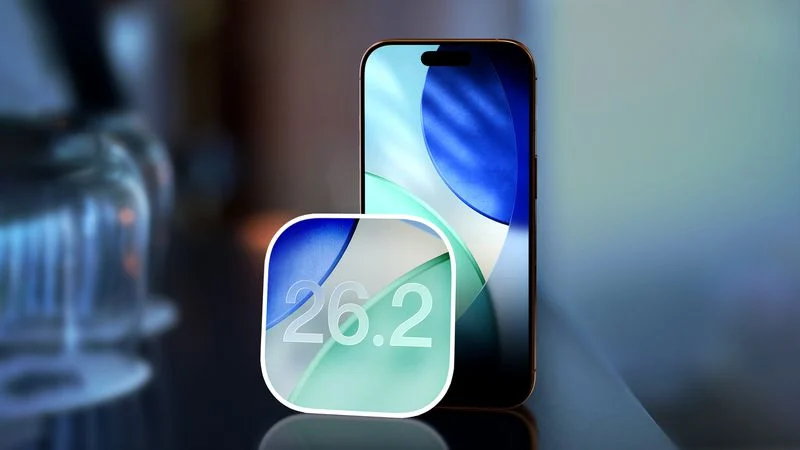October 10, 2025 — Tech Desk Report
Google has officially lifted the curtain on its latest foldable smartphone, the Pixel 10 Pro Fold, and it’s already turning heads for one bold design change — a completely gearless hinge mechanism. The new hinge represents a radical step forward in foldable phone engineering, promising to deliver smoother motion, enhanced durability, and a slimmer design that could redefine expectations for the category.
A New Era for Foldable Design
Foldable smartphones have long been criticized for their fragility. While the concept of a device that folds into a compact form has fascinated consumers, many have been hesitant to invest in the technology due to concerns about hinge wear, dust intrusion, and screen damage. Google’s response with the Pixel 10 Pro Fold is a complete rethinking of the most complex component in any foldable: the hinge itself.
The gearless hinge eliminates the traditional system of interlocking gears and small moving parts. Instead, it uses a cam-based mechanism that moves more fluidly and with fewer friction points. This design reduces internal stress and minimizes mechanical degradation over time, meaning users can open and close the phone thousands of times with consistent smoothness.
By removing the gear system, Google has also been able to shrink the hinge assembly, allowing for a thinner overall profile and more efficient internal space management. This translates into a device that not only feels sturdier but also accommodates a larger battery and improved cooling for sustained performance.
Durability at the Core
Google claims that the Pixel 10 Pro Fold’s new hinge can endure over half a million folds — roughly double the expected lifespan of previous Pixel foldables. Engineers have enclosed the hinge in a tightly sealed structure, improving the device’s resistance to dust and moisture. The result is the first Pixel Fold device with IP68 certification, meaning it can withstand water immersion and dust exposure far better than most competitors.
The removal of exposed gears also makes cleaning and maintenance easier. Dust particles that once collected inside the hinge mechanism now have nowhere to settle, reducing the likelihood of squeaks, stiffness, or long-term damage.
Refined Design and Functionality
Aesthetically, the Pixel 10 Pro Fold is sleeker than its predecessor. The new hinge allows the two halves of the phone to close almost completely flat, eliminating the small gap that often appears on foldable devices. The folding crease on the inner display has also been minimized, thanks to more even pressure distribution during folding.
The outer display now stretches nearly edge-to-edge, offering a more immersive experience when the device is used in its folded form. Meanwhile, the internal folding display has been reinforced with improved protective layers and enhanced elasticity, making it less prone to permanent creasing.
The overall result is a device that feels less experimental and more like a fully matured smartphone — one that can stand alongside traditional flagships without compromise.
Power and Performance
Under the hood, the Pixel 10 Pro Fold is powered by Google’s Tensor G4 chip, delivering improved efficiency and AI processing power. The device supports adaptive performance scaling, meaning it adjusts dynamically based on user behavior — a critical feature for balancing speed and battery life in a device with dual displays.
The improved hinge design also contributes to internal heat management. With more room for thermal components, the device maintains cooler operation during multitasking, gaming, and extended media use.
Battery life sees a notable improvement too. Thanks to the hinge’s space-saving design, Google was able to fit in a larger dual-cell battery, giving users an extra few hours of usage compared to the previous Pixel Fold. Fast charging and wireless charging remain standard, while reverse charging allows the device to power accessories like earbuds or smartwatches.
A Smarter Foldable Experience
Beyond hardware, Google continues to refine the software side of the Pixel experience. The Pixel 10 Pro Fold introduces advanced fold-aware multitasking, letting users run multiple apps seamlessly across both displays. App continuity has been further optimized — when the device is unfolded, active apps instantly expand to take advantage of the full screen, without lag or reloading.
The hinge’s improved stability also enables flex mode, which allows users to prop the phone at various angles for video calls, photography, or media playback. This flexibility, combined with Google’s upgraded AI camera suite, turns the Pixel 10 Pro Fold into one of the most versatile mobile photography tools available.
Competing in a Crowded Market
The foldable market is growing more competitive, with major players like Samsung, Huawei, and Honor continuing to refine their devices. However, Google’s move to a gearless hinge sets the Pixel 10 Pro Fold apart by tackling the most persistent pain point in foldable design — mechanical reliability.
While Samsung and others have focused on ultra-thin glass improvements and screen durability, Google’s strategy addresses the hinge, arguably the foundation of any folding device. Analysts believe this move could pressure rivals to rethink their own designs in upcoming models.
Potential Drawbacks and Consumer Concerns
Despite the innovation, the gearless hinge design isn’t without potential downsides. Some experts note that removing gears may shift mechanical stress onto other components, which could reveal new wear patterns over long-term use. Repairability is another concern — if the new hinge fails, replacing it may be more complex than swapping out traditional hinge parts.
Additionally, the device’s slightly thicker frame compared to the previous generation may divide opinion. While the added durability is welcome, some users may prefer the ultra-thin aesthetics offered by competing foldables.
Still, the trade-off may be worth it. The new hinge design appears to strike a balance between sleek design and structural integrity — two qualities that rarely coexist in early foldable technology.
The Future of Foldable Innovation
Google’s introduction of a gearless hinge may signal a new direction for foldable engineering. As the market matures, brands are moving past novelty and focusing on longevity, user experience, and sustainability. By eliminating one of the most failure-prone components in modern smartphones, Google is taking a major step toward making foldables a mainstream choice rather than a niche luxury.
If the Pixel 10 Pro Fold delivers on its promises, it could reshape how consumers perceive foldable devices — not as fragile gadgets, but as durable, everyday tools built for the long haul.
Final Thoughts
The Pixel 10 Pro Fold marks a pivotal moment for Google’s hardware division. The company isn’t just releasing another foldable — it’s challenging the very mechanics that have defined the category for years.
With a gearless hinge, improved durability, refined displays, and AI-driven software, the Pixel 10 Pro Fold represents a confident step into the future of smartphone design. It’s a device built not only to impress but to last.
















Leave a Reply